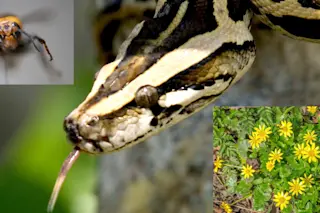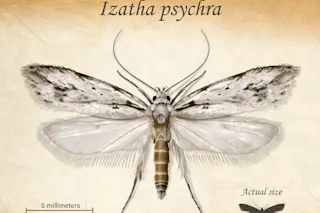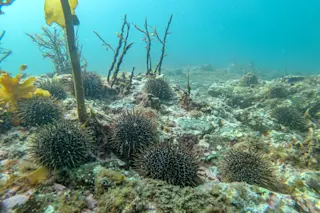Its stakes are high, says paleontologist Paul Olsen. Does carbon belong in the atmosphere or the deep ocean? Should Earth be hot or cold?
To most people the sight of antelopes grazing placidly in a meadow would epitomize the peaceful balance of nature. But Paul Olsen, a paleontologist at the Lamont-Doherty Earth Observatory in New York, has come to see things differently. To him that meadow is just the latest battlefield in the primordial struggle between plants and the animals that eat them. And that war, Olsen claims, has had global repercussions: as its front line has surged back and forth over the past 450 million years, it has dragged Earth’s climate along with it by changing the amount of carbon dioxide in the atmosphere.
Over geologic time Earth’s climate depends first and foremost on carbon dioxide, which traps heat and creates a greenhouse effect. The molecules of CO2 in ...














